Experience the roller coaster of the gaming world
Experience the roller coaster of the gaming world
Latest on Blog
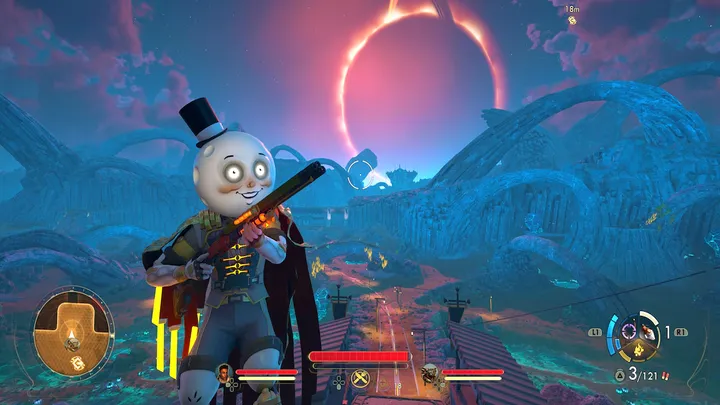
A Deep Guide to Mastering Character Builds, Choice Impact, and Tactical Freedom In The Outer Worlds 2
Discover how to master The Outer Worlds 2 by building flexible characters, using dialogue strategically, optimizing companions, and controlling long-term story outcomes.
December 29, 2025

A Deep Guide to Mastering CJ’s Journey from Street Survival to Empire Control In Grand Theft Auto: San Andreas
December 29, 2025

A Complete Guide to Understanding and Winning the Chaos In Steal a Brainrot [SKIBIDI]
December 29, 2025
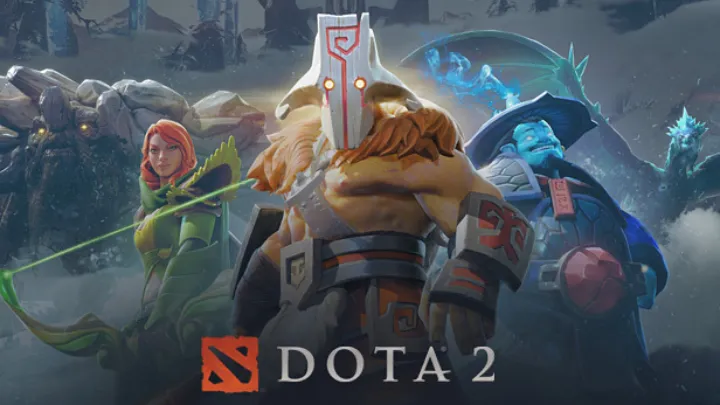
Dota 2 Mastery Guide: How to Climb the MMR Ladder Like a Pro
December 29, 2025
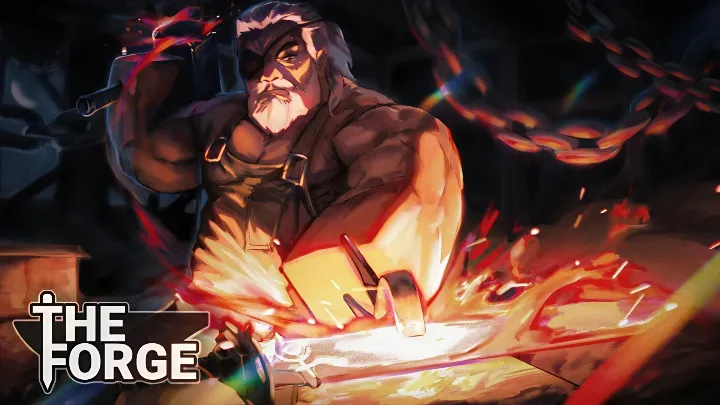
How to Master Roblox: The Forge – The Ultimate Blacksmithing Guide
December 29, 2025
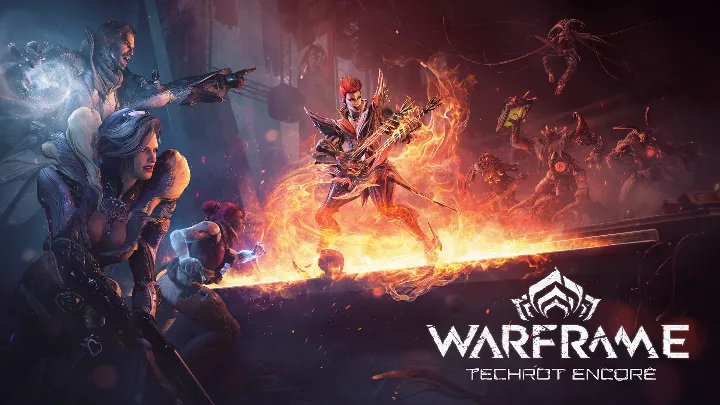
Warframe: An Evolutionary Masterpiece of Free-to-Play Action Games
December 26, 2025
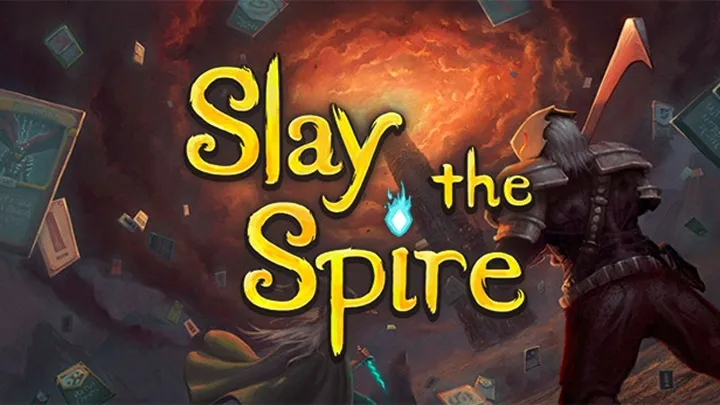
How to Play Slay the Spire Effectively: Build Smart Decks, Manage Resources, and Win More Runs
December 26, 2025
Latest review
Editor Choices

Hollow Knight: Silksong
Hollow Knight: Silksong delivers a mesmerizing metroidvania adventure with its intricate world and challenging combat, celebrating the journey of Hornet.
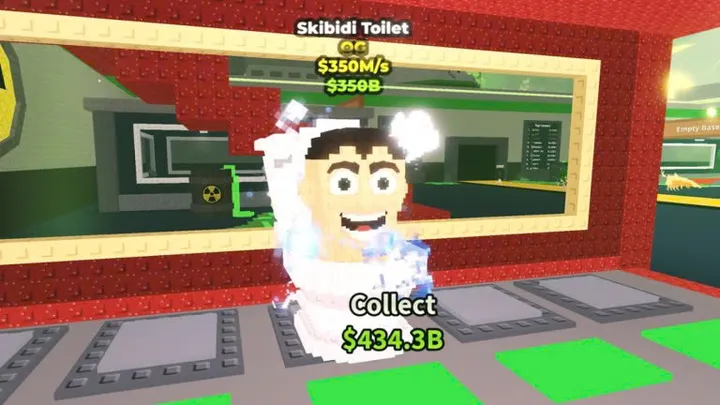
[SKIBIDI] Steal a Brainrot
Steal a Brainrot offers an entertaining and whimsical adventure for players on Roblox, combining engaging gameplay mechanics, vibrant visuals, and an active community.

Dream League Soccer 2025
"Dream League Soccer 2025" successfully builds on the strengths of its predecessors while introducing new features and improvements that enhance the overall experience.
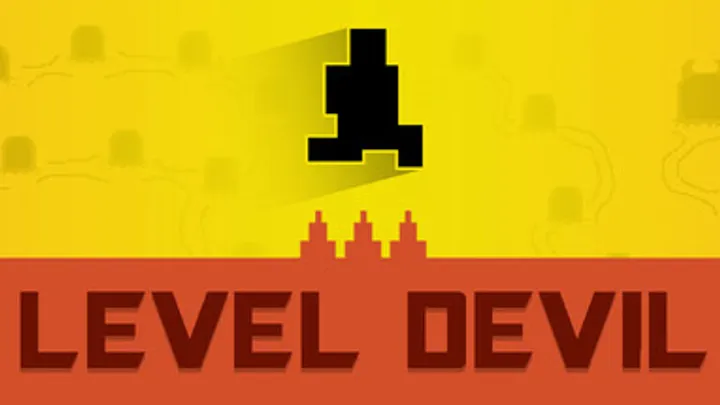
Level Devil
Level Devil offers an engaging and whimsical platforming experience, seamlessly blending exploration, puzzle-solving, and creative level design.
Welcome to searchtopgame.com, your compass for comprehenscoupled with the latest industry news. Our mission is to provide you with insightful analysis and valuable insights, enriching your digital journey.
Latest Reviews
Contact Us
© 2025 searchtopgame.com - All Rights Reserved